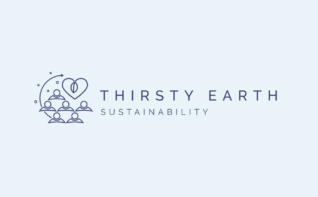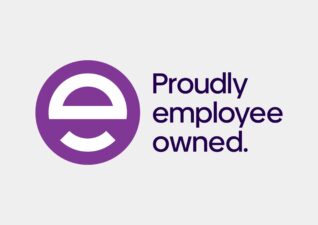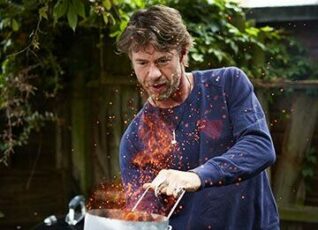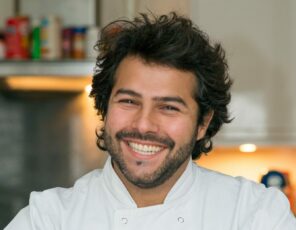Meet the producer // Chantovent
Latest news • 17/03/2021
This month, we head to Languedoc specialist Chantovent, part of the wine growing and producing activities of the Jean d’Alibert Group.
Tell us about your vineyard / winery
 Since 1953, Chantovent has been a major player in the wine industry. Today we are a part of Jean d’Alibert Group. This group is the result of the union of wine producers from the ‘Haut Minervois’, bringing together six cooperative cellars. Our 1,200 winegrowers are attached to their terroirs and helps us to bring our customers the best of our grapes every day.
Since 1953, Chantovent has been a major player in the wine industry. Today we are a part of Jean d’Alibert Group. This group is the result of the union of wine producers from the ‘Haut Minervois’, bringing together six cooperative cellars. Our 1,200 winegrowers are attached to their terroirs and helps us to bring our customers the best of our grapes every day.
We have two bottling sites, one based in Rieux-Minervois at the foot of the Black Mountain and another near Paris and Le Havre. Thanks to these two locations, we have a very large bottling and storage capacity.
Today we are the first producer of AOC Minervois la Livinière, AOC Minervois IGP Coteaux de Peyriac wines, and a major producer of IGP OC.
What grapes do you grow, and how does the climate and terroir help the varieties to flourish?
We are 100% dedicated to the Languedoc region. Our sales are represented by Minervois and Languedoc AOP & IGP Pays d’Oc and Coteaux de Peyriac wines.
We produce mainly Grenache, Syrah, Carignan, Merlot, Cabernet Sauvignon, Chardonnay and Sauvignon.
Thanks to the Mediterranean climate, this region enjoys high temperatures in summer, cool winters, healthy winds and low rainfall. These ideal conditions bring us sun-filled grapes with a high level of alcohol.
The soils are made up of clay-limestone alluvium; the alluvium offers a fertile soil, the clay retains water and the limestone provides good acidity, as well as a certain retention which allows a later restitution of water. These soil characteristics offer a perfect terroir for the wines of the South of France.
We produce Pays d’Oc IGP wines as a single variety and in blends. For our Coteaux de Peyriac, we are used to blending our wines with Carignan (more tannins, very colorful and with high acidity).
Our Grenache and Cinsault rosés have beautiful colours and red fruit aromas that are more structured than Côte de Provence. They are very elegant as an aperitif or as an accompaniment to a meal. Sometimes, we use wood or do a semi-carbon maceration to develop the beauty of the grape variety even further.
Tell us about your eco, sustainable and ethical practices
The Languedoc region is one of the main regions involved in organic and sustainable vineyards.
Today we are committed to HVE level 3 and Terra Vitis with the desire to reveal the fundamental identity of each of our grape varieties.
If you’d could fix one problem in the industry today, what would it be?
Free taxes agreements perhaps; when Australia signed such an agreement with China, they sold a lot of wine and – even if they have good marketing – an important percentage of this growth has come directly from these agreements.
What excites you most about the future?
What motivates us most is the chance to constantly learn and adapt. We wish to keep the balance, the aroma and the power of our wines whilst constantly considering global warming and the environment. We are also working on the use of both forgotten and new grape varieties, which could prove to be allies in the future.
To what do you attribute your success?
We have been around for 70 years which give us a tremendous amount of insight into this business, and we are reliable to our clients. Our job is really exciting because all aspects of our jobs are constantly evolving.
We are also producers. Most of our competitors want to buy vines because it’s key to controlling the whole the process from the root to the consumer
Elevator pitch for retailers – why should they stock your wines in 100 words or less?
Working with our company will provide a guarantee of supply, as you’ll be working with one of the most important, stable and established producers in the region. We have a modern business model and we constantly adapt and listen to our client’s needs and work collaboratively on everything from production, vinification, blends and packaging.
Related news



